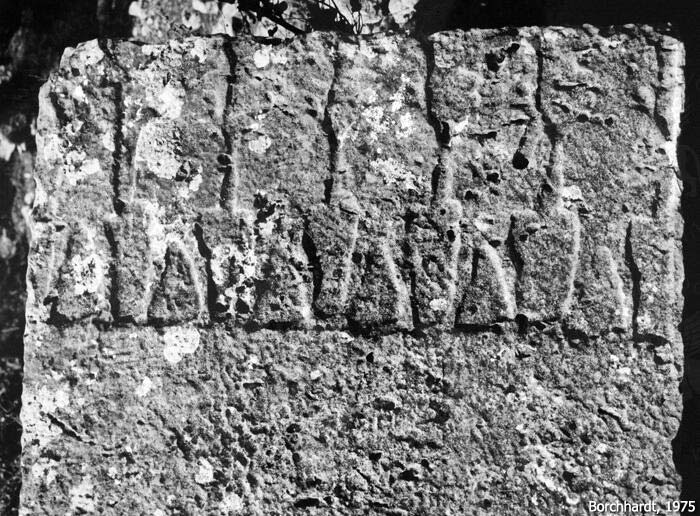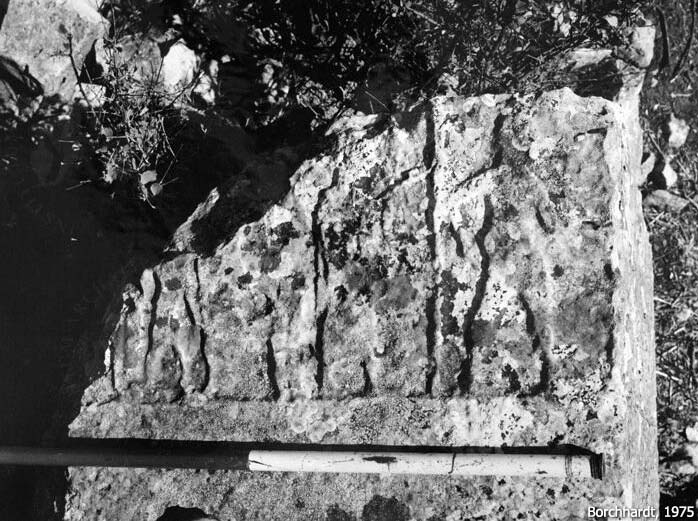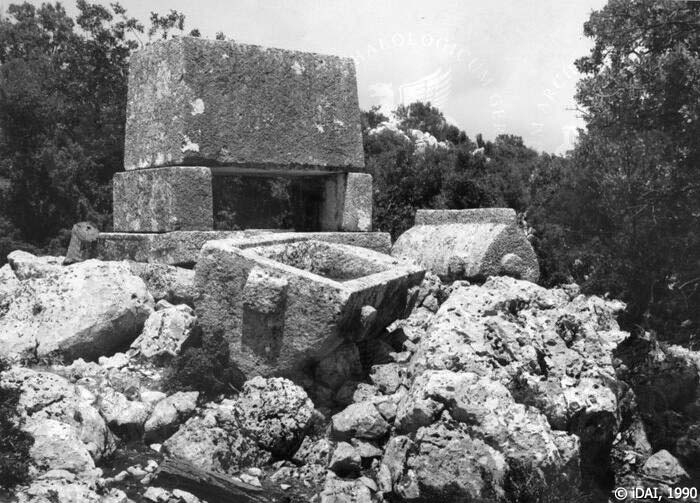It is a fortress settlement dating to the dynastic period, located on a hill just north of today’s Gürses village, about 6 km northwest of Myra. It was first documented by Petersen and Luschan in 1889. Although no inscription confirming its ancient name has been found, Borchhardt has suggested it may be the site of Trebendai, mentioned in ancient sources. Despite minting coins for the Lycian League during the Hellenistic period, the settlement remained politically affiliated with Myra. The settlement continued until the Byzantine period.
The fortress was constructed on a ridge that extends roughly east to west. Structural remains, including rock-cut chambers, are found on terraces on the southern slope. The necropolis is situated on the plain south of the ridge and includes various types of graves dating from the 6th century BCE to the 4th century CE. Most sarcophagi date to the Roman period. Nearby are fragments of a Dynastic-era pillar tomb, whose enclosure is adorned with reliefs similar to those seen in Trysa. Only a single rock-cut tomb with a classical Lycian façade has been discovered along the ancient road leading to the city.
References:
Borchhardt, J. 1975. Myra – Eine lykische Metropole in antiker und byzantinischer Zeit, 1st Forsch 30, Berlin.
Çevik, N. 2021. Lykia Kitabı: Arkeolojisi, Tarihi ve Kültürüyle Batı Antalya, Türk Tarih Kurumu, Ankara.
Marksteiner, T. 1997. Die befestigte Siedlung von Limyra, Forschungen in Limyra 1, Vienna.
Wurster, W. W. 1993. ‘Dynast ohne Palast – Überlegungen zum Wohnbereich lykischer Feudalherren’, in: Akten Lykien II Bd. 2, 27-30.
Image sources:
iDAI, 1970, 1990
J. Borchhardt, 1975
W. W. Wurster, 1993







